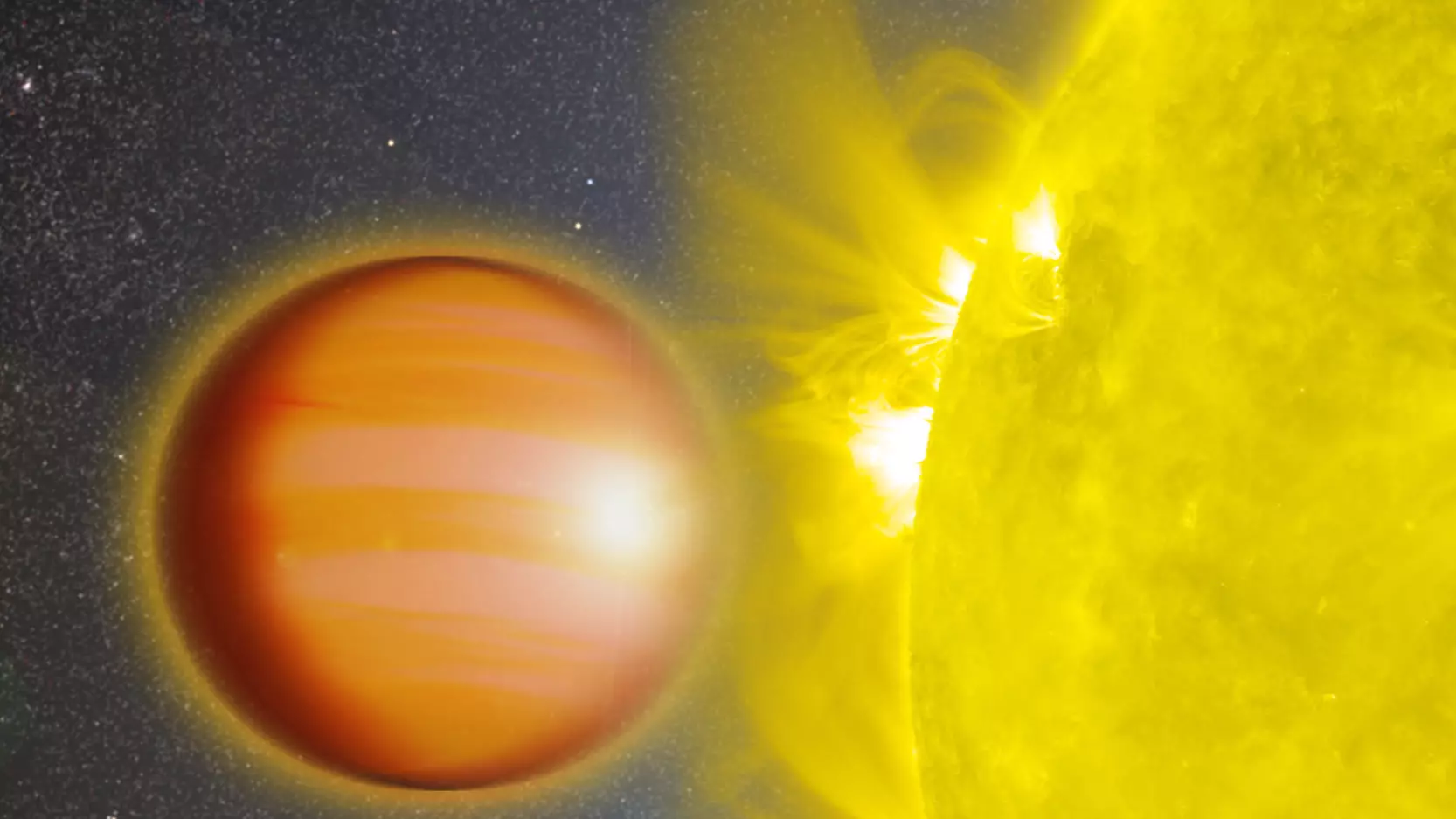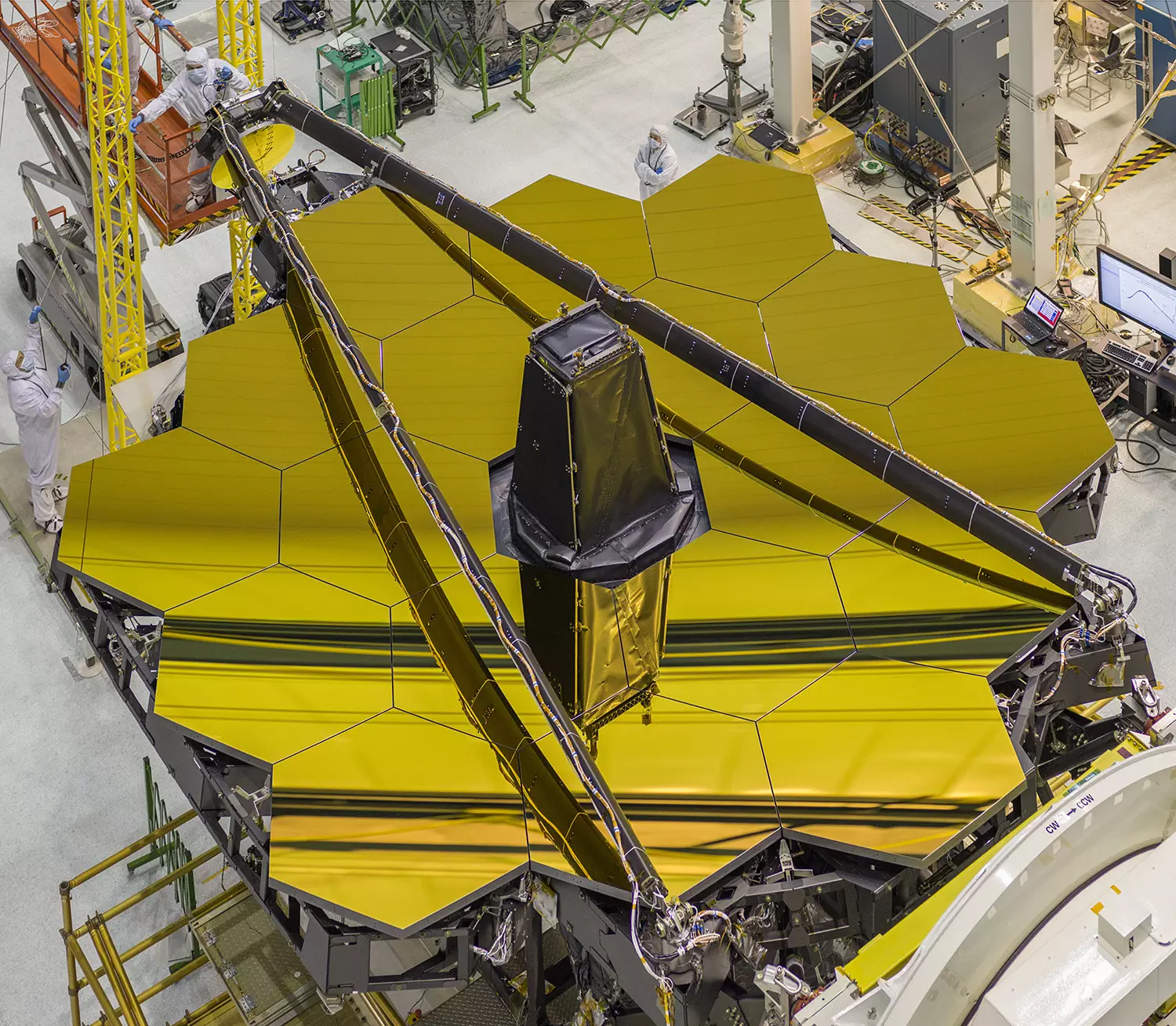
You probably assume that the folks at NASA are the type of people who've really got their shit together. However, it seems that even they are capable of making mistakes, as is evidenced by the discovery of a second planet that the organisation previously said couldn't possibly exist.
The discovery of the planet, known as WASP-18b, is nothing short of remarkable, but if you were looking for a holiday destination, it's probably not the right place.
The stratosphere of the newly discovered exoplanet is thick with carbon monoxide and contains no water at all.
These clues suggest that the world may have been formed in an entirely different way to all the gas giants we've known before.

Credit: NASA
"The composition of WASP-18b defies all expectations," said Kyle Sheppard of NASA's Goddard Space Flight Center in Greenbelt, Maryland, lead author of the paper published in the Astrophysical Journal Letters.
"We don't know of any other extrasolar planet where carbon monoxide so completely dominates the upper atmosphere."
By looking at the light that comes to us from the planet, 325 light-years away, scientists were able to work out the 'spectral fingerprints' of the makeup of the planet. Looking out for signatures that could suggest the planet has water or other important molecules.
However, even after checking many times, the researchers weren't able to find even the slightest trace of any water vapour, or any other of the materials they'd expected to see.
"The only consistent explanation for the data is an overabundance of carbon monoxide and very little water vapour in the atmosphere of WASP-18b, in addition to the presence of a stratosphere," said Nikku Madhusudhan a co-author of the study from the University of Cambridge.
"This rare combination of factors opens a new window into our understanding of physicochemical processes in exoplanetary atmospheres."
Now, scientists are hoping to gather more data from the curious planet, in the hope of gaining a better understanding of how gas giants can be formed.
Advert
"The expected launch of the James Webb Space Telescope and other future space-based observatories will give us the opportunity to follow up with even more powerful instruments and to continue exploring the amazing array of exoplanets out there," said Avi Mandell, an exoplanet scientist at Goddard and the second author of the paper.

The James Webb Space Telescope (Credit: PA)
Early last month, researchers announced the discovery of a planet so large that nobody is actually sure whether it qualifies as a planet at all.
The snappily-named OGLE-2016-BLG-1190Lb was seen using NASA's Spitzer Space Telescope, and is believed to be around 13 times the mass of Jupiter.
Featured Image Credit: NASATopics: World News, Nasa, space